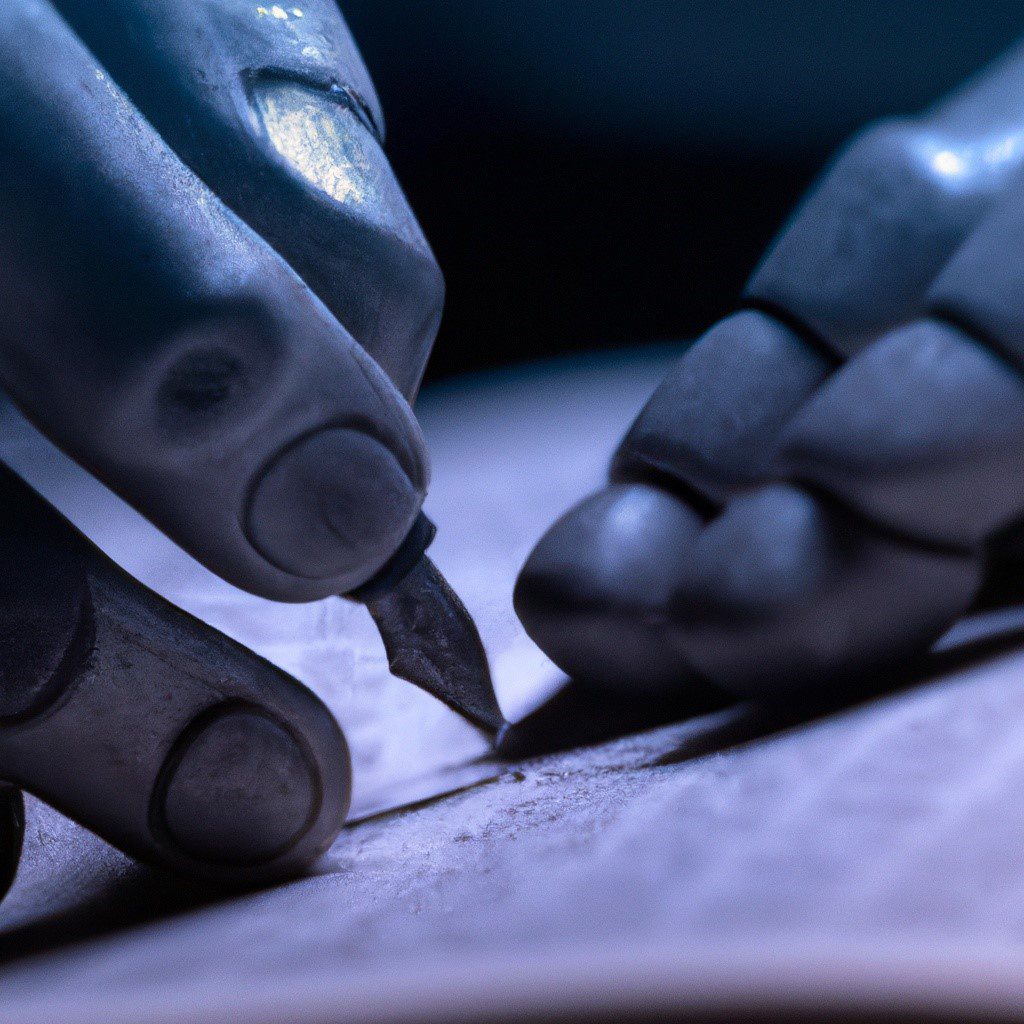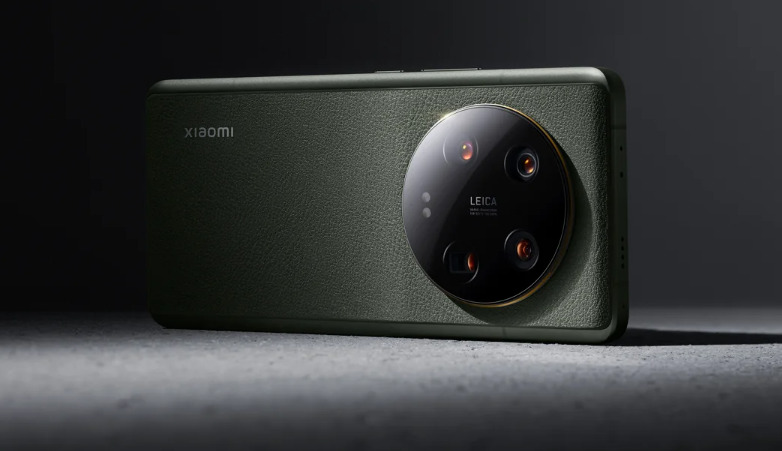Scientists who want to save time and have their articles written by AI are more likely to get caught soon. American researchers have developed an algorithm that can distinguish a human pen from an AI with more than 99 percent certainty.
How can you tell if a text was actually written by a human? Since the launch of ChatGPT in November 2022, this question has been occupying not only schools but also the academic world. With ChatGPT, you can’t waste time writing a text indistinguishable from human authorship without critically examining it. However, since the GPT model is trained on existing texts, the risk of plagiarism and copyright infringement increases.
There are tools that can detect whether a text was authored by AI, but these are not always reliable. These mainly look for emotional indicators to make a distinction. This poses problems in an academic context, as the papers are written in a formal and dry writing style, which is therefore easier to imitate with AI. Researchers at the American University of Kansas claim to have made a major breakthrough.
Human vs. AI
The scientists built an algorithm that was fed with more than 90 articles written by human scientists and another 188 articles they had written from ChatGPT. The works covered different scientific areas in order to avoid that ChatGPT’s knowledge on a given topic affects the results as little as possible.
Based on the full text, the algorithm was able to extract the texts written by ChatGPT with 100% accuracy. The researchers also had the algorithm look at individual paragraphs. The algorithm has already made a mistake here, but 92 percent is also a more than decent result. These are some indicators that can provide insight into who or what the author of a text is:
- People generally write longer sentences and paragraphs.
- People differ more in vocabulary and sentence length.
- With the exception of quotations, more punctuation marks and different punctuation marks are used.
- One refers more precisely to figures or the work of other scientists.
- AI rarely, if ever, uses ambiguous language.
grain of salt
In such investigations, it is always best to pick up the salt shaker. The researchers themselves state that their tool was only trained on a limited dataset. For example, research does not yet consider text created by AI but subsequently modified by humans.
In addition, AI models are getting better and better at writing “human” text. In other words, there will be a long learning curve before the tool can be used by universities and academic journals to trick scammers.














